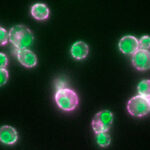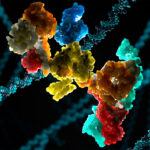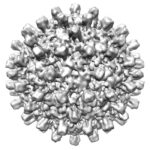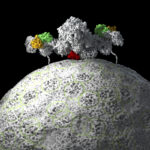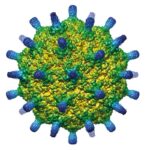
The neuronal gene Arc plays important roles in neural plasticity, learning and memory-related molecular processes and has been shown to mediate intercellular RNA transfer by forming viral-like capsids. John Briggs’ group has now solved the first structures of Arc capsids, providing a foundation for an improved understanding of learning and consolidation of memories.
